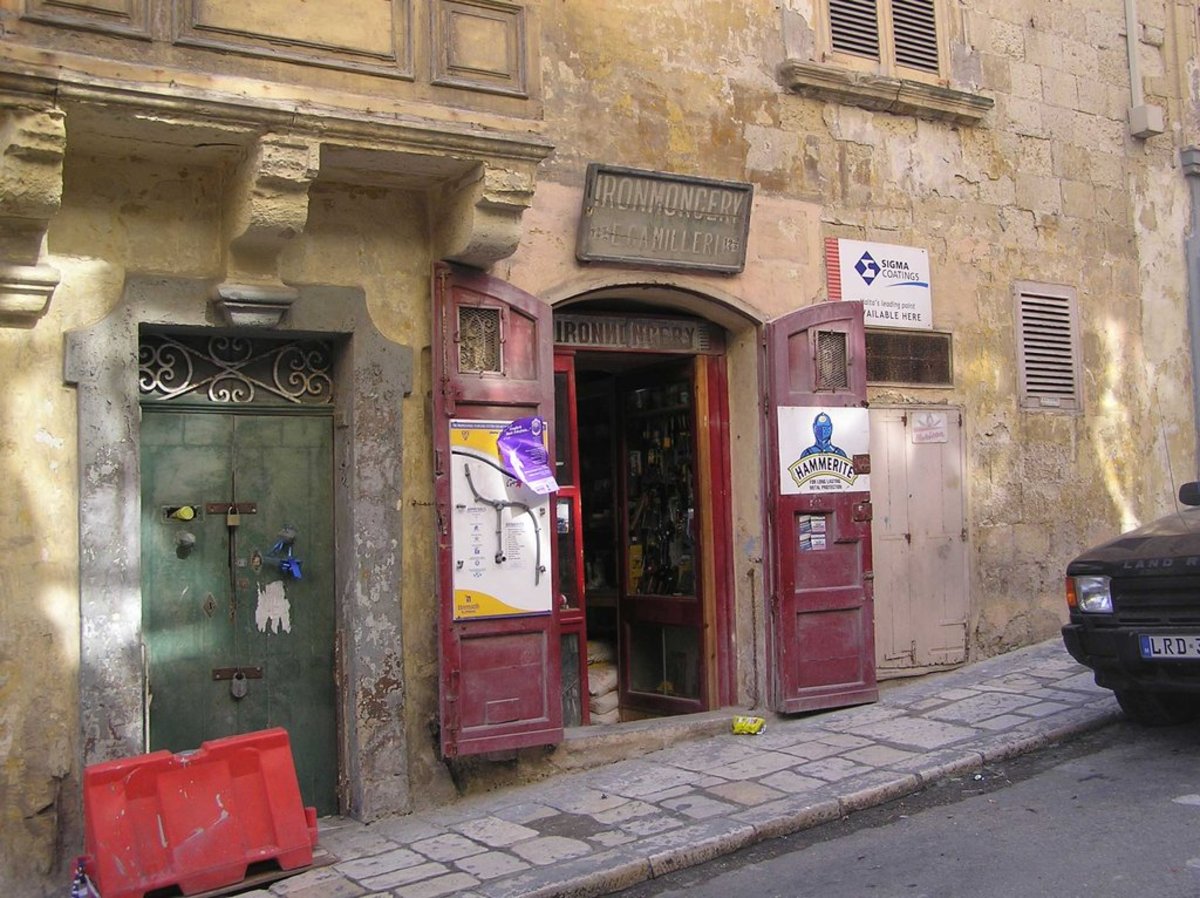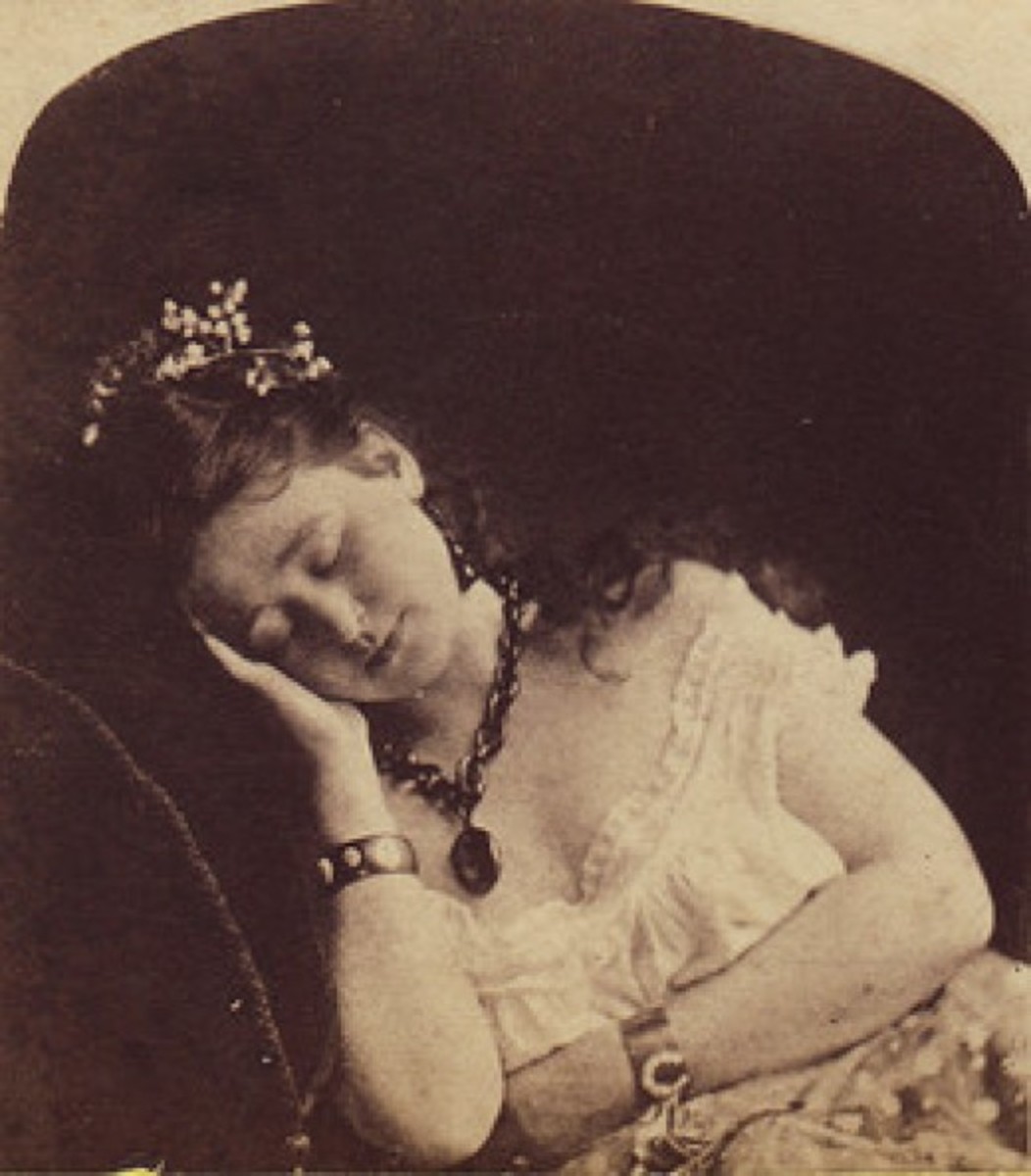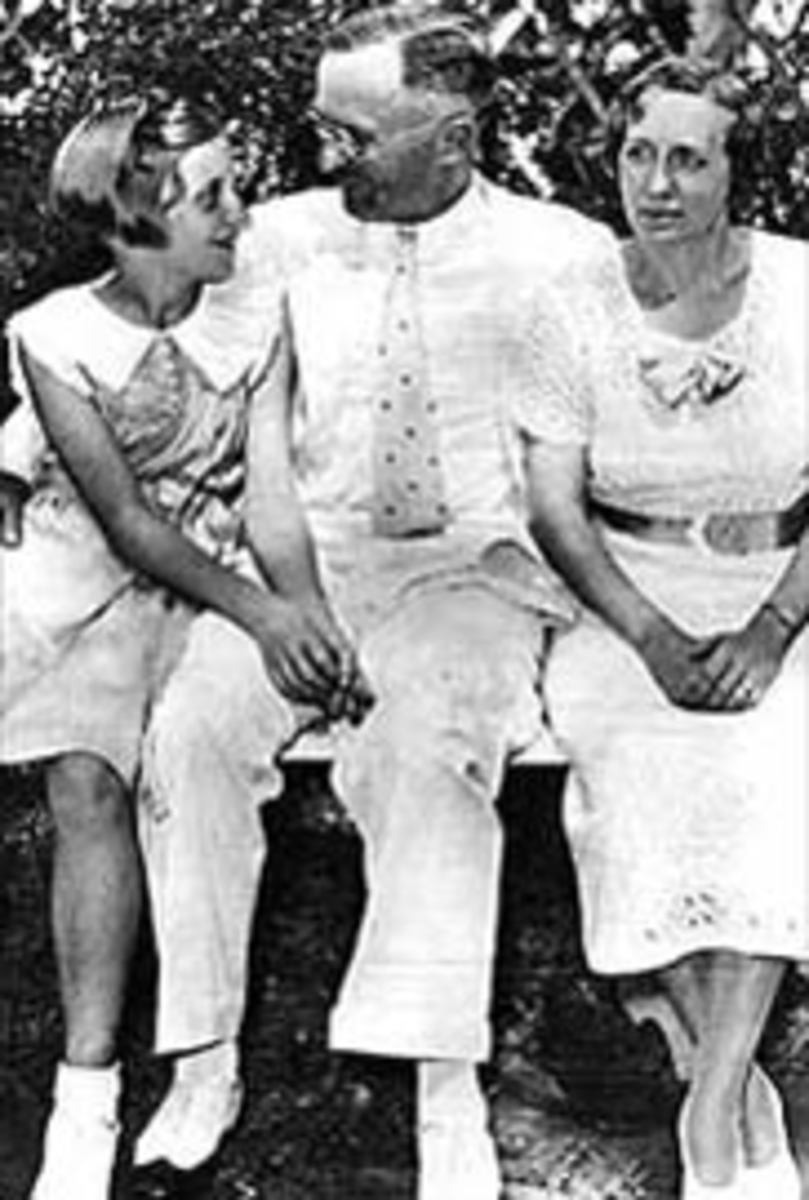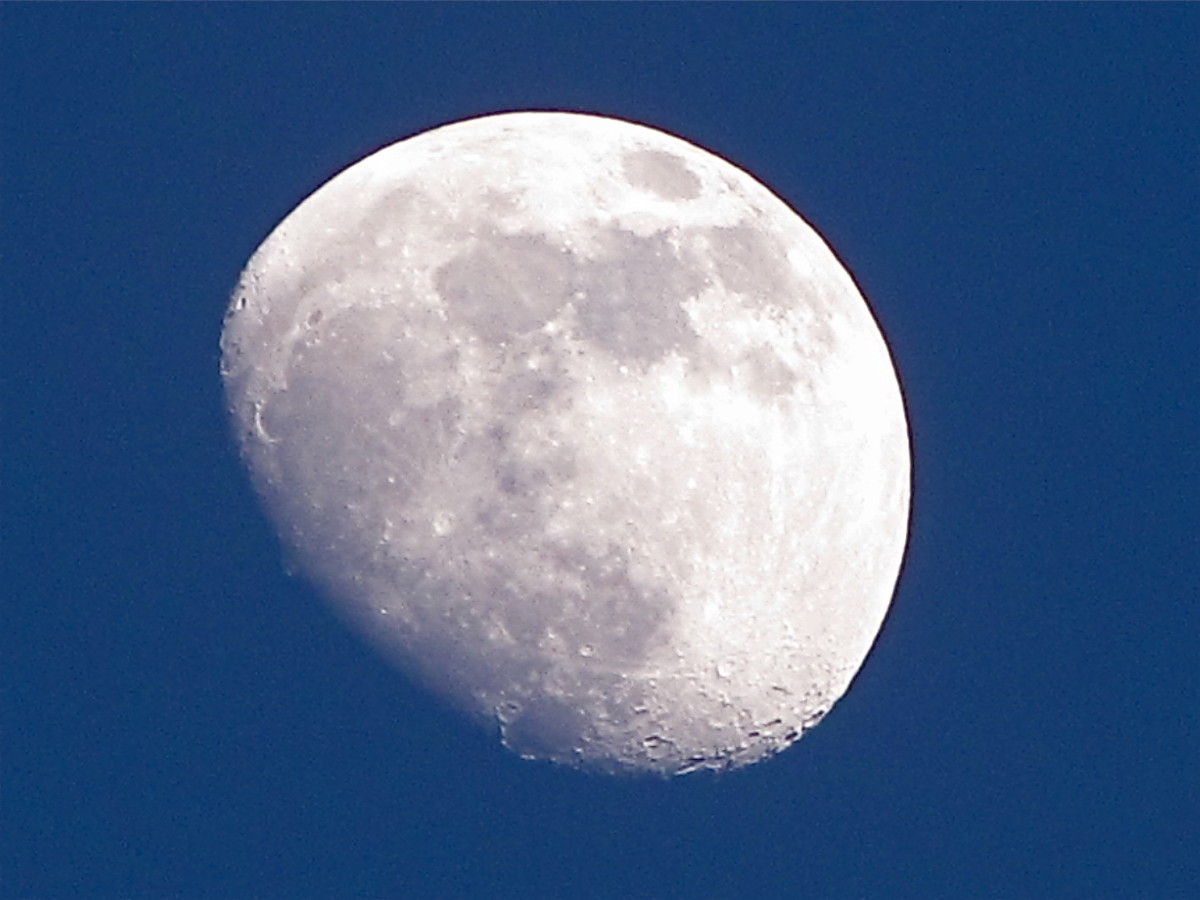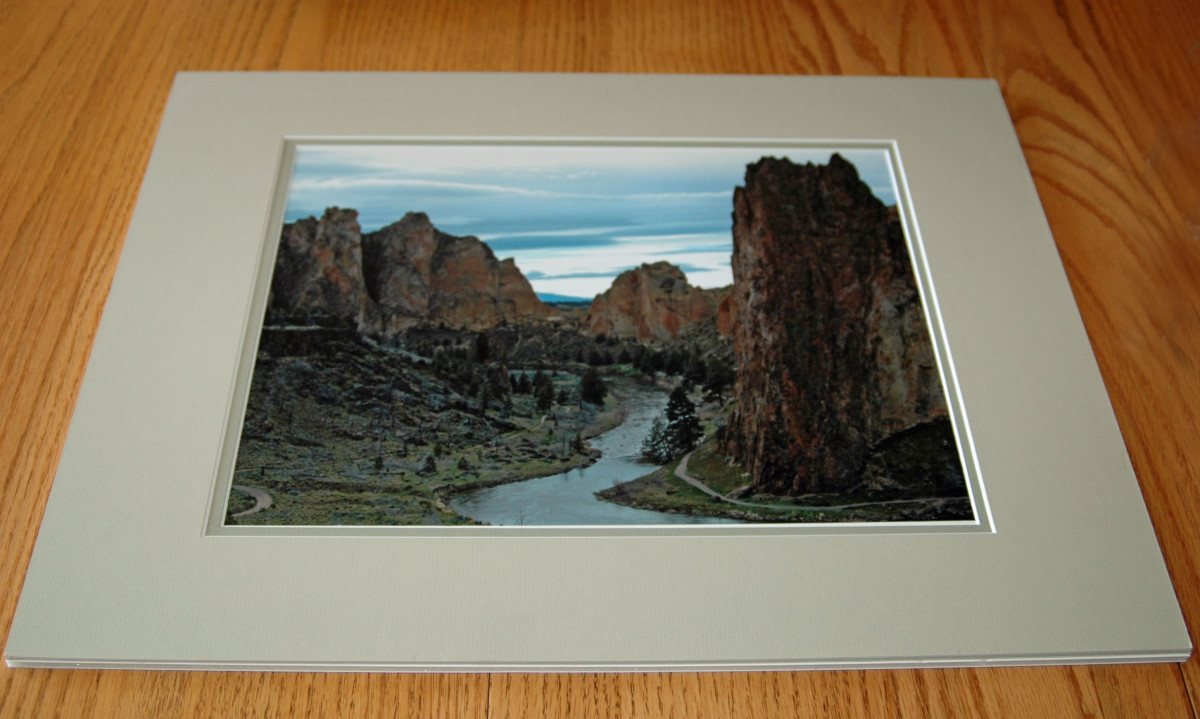Photographing Dominant Scenes
Aoraki/Mount Cook
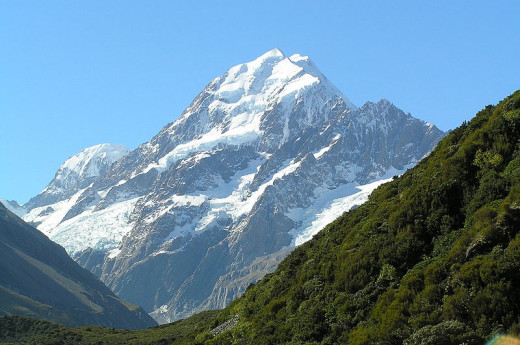
"Dominance/emphasis
Dominance is created by contrasting size, positioning, color, style, or shape. The focal point should dominate the design with scale and contrast without sacrificing the unity of the whole."Wikipedia
More noticeable than the other parts or aspects of something.
Most photographs have at least one central point which by itself is the main aspect that tends to attract the eye and once the gaze is fixed upon the photograph then the viewer is free to "wonder" about the rest of the picture.
However, most pictures that feature a dominant element not only catch the initial view but also tend to guide the eye to all other parts of the scene and this is usually what makes great photographs be labeled as such.
This style or technique lends itself extremely well for landscape photography where the image shows any element that becomes the center piece of the image simply because it is the first and most important thing that the viewer sees.
But there are many other images that can be made to feature a dominant element. The use of color, shapes, texture and many other things can substitute for an impressive looking mountain for example or deep valley.
Another point is that the dominant element does not have to be centered in the photograph. It should do its job without the need to place it precisely in the middle of the shot so long as because of the pleasing elements that compose the subject leads them to be the focus point. The focus point in essence becomes the magnet of the image as it were.
Lets say that you see an interesting landscape scene and within the scene you find another interesting element that catches your attention. By focusing on this other element, the viewer is attracted to take a closer look and then can examine the rest of the scenery.
The picture of a painter by a river bank is such an example. The viewer will more than likely take another look at the photograph to see what this person is doing and can then explore the beauty of the river which is what brought the "painter" to paint it.
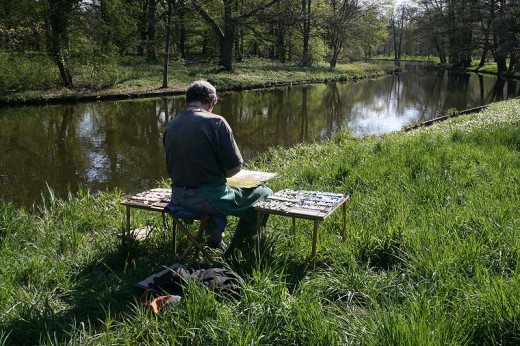
Found it interesting?
Sunsets that feature other details such as nearby scenery, even if these are in silhouette form, work the same way.
The viewer is attracted by the sun's elegant golden glow and then explore the rest. Not that a beautiful sunset is not wort photographing by itself, but when you add other interesting details it makes the photograph that much appealing to a discerning eye.
A photograph of a single rocky outcrop sitting in the middle of a large lake or in the ocean is one of the most prevalent examples of this technique. The rock/island catches the eye and the rest takes care of itself, assuming off course that the photographer captures a worthy scene in the first place.
No matter how relevant the principal subject in the scene is or how dominant its presence is in the scene, if the photographer is not technically sound and the subjects are not pleasant to begin with, then nothing else will capture an viewer's gaze or at least not keep it for long.
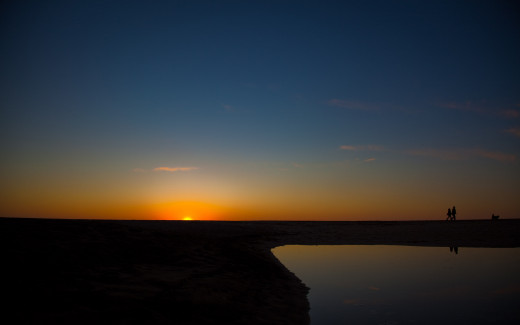
Another good technique is to find any interesting detail or smaller element withing the bigger scene like a bunch of wildflowers and focus on it from about 5 to 8 feet away from the front of the lens.
This element is referred to as the foreground. The rest of the scene, including the dominating piece is then used to cover the majority of the scenery.
Placing the foreground element much farther away from the front of the lens usually decreases the dramatic feel of the photograph. It can still work but the effect is lessened.
The only essential element for this technique to work as it is intended is to have pleasing and interesting foreground or at least that it possesses some compelling characters with the dominating backdrop featuring a similar strong composition.
Even though the foreground piece will appear as being disproportionately large in the overall scene due to its closeness to the lens the concept works well.
If the foreground is boring,too cluttered or unattractive, or the same can be said about the dominating backdrop then the photograph will probably not "work".
El Peten, Guatemala
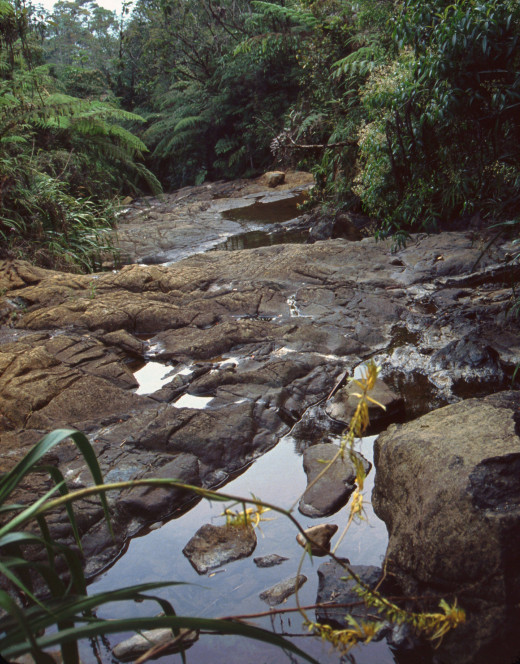
Depending on the subject matter, one of the best lens for this theme, especially for landscapes , are wide angle prime lenses.
A good zoom is also essential if doing other subjects and it can be very helpful in isolating subjects.
Pay attention to the capabilities of the lens. You should have a lens that allows it to be used in hyper-focal mode; hyper-focal means that everything on front of the lens remains sharply in focus from the the front to infinity so you can have good depth of field all around.
You need to get a handle on the lens hyper-focal and shutter compatibility and try it in various circumstances to judge the best scenarios.
Dominican Republic Los Haitises bird island

- Jim Zuckerman on Landscape Photography: Dominant Foregrounds | Educational articles and book excerpt
Photographer Jim Zuckerman explains how to take advantage of the many lighting options and special qualities that dawn and dusk present. Read the article on MAC-On-Campus.
© 2014 Luis E Gonzalez



